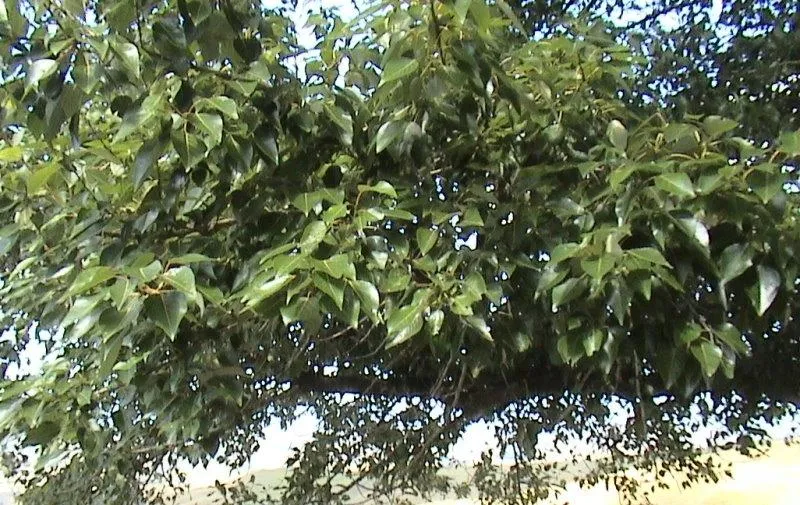
Poplars on the farm
Poplars are a practical and attractive addition to many New Zealand farms. They offer shade, shelter, erosion control, and in some cases, timber. While shaded areas of pasture may grow less grass, livestock often perform better in well-treed paddocks thanks to reduced heat stress and improved microclimates.
Benefits of Planting Poplars
Poplars help stabilise slopes, particularly in hill country prone to erosion. Unlike willows, their roots spread widely, anchoring soil and reducing the risk of slips during heavy rain. During the 2004 storms in the lower North Island, land planted in poplars suffered far less damage than bare slopes.
Poplars also provide valuable shelter during stormy weather and relief from heat in summer. As drought develops, they shed their leaves—an extra source of forage known as “pennies from heaven.” These leaves are readily eaten by livestock, and any that remain contribute to organic matter and soil life.
Selecting the Right Poplar Variety
Several types of poplar are commonly grown on New Zealand farms. The tall, narrow Lombardy poplar is well known, while newer varieties such as Kawa, Crow’s Nest, and Veronese offer bushier growth and improved resilience. Many modern cultivars are resistant to poplar rust and more tolerant of possum browsing.
When choosing a variety, consider your location, purpose (shelter, erosion control, timber, or fodder), and how much management you’re prepared to do.
Planting and Managing Poplars
Poplars are easily established from 2 to 3-metre poles available from tree nurseries. These are planted in late winter by ramming up to a metre into the soil. Poplars grow best in gullies and on lower slopes, where they act like water pumps and can dry out wet ground over time.
Once established, trees require management. Poplars grow quickly and can become hazardous if left unchecked. Brittle branches may fall in high winds, potentially damaging buildings or blocking roads and tracks. Regular pruning keeps trees at a safe height and also provides useful firewood and summer fodder.
For maintenance, contractors with circular saws on hydraulic arms can trim shelterbelt tops and sides neatly and efficiently. Well-maintained trees are safer, longer-lived, and more productive.

